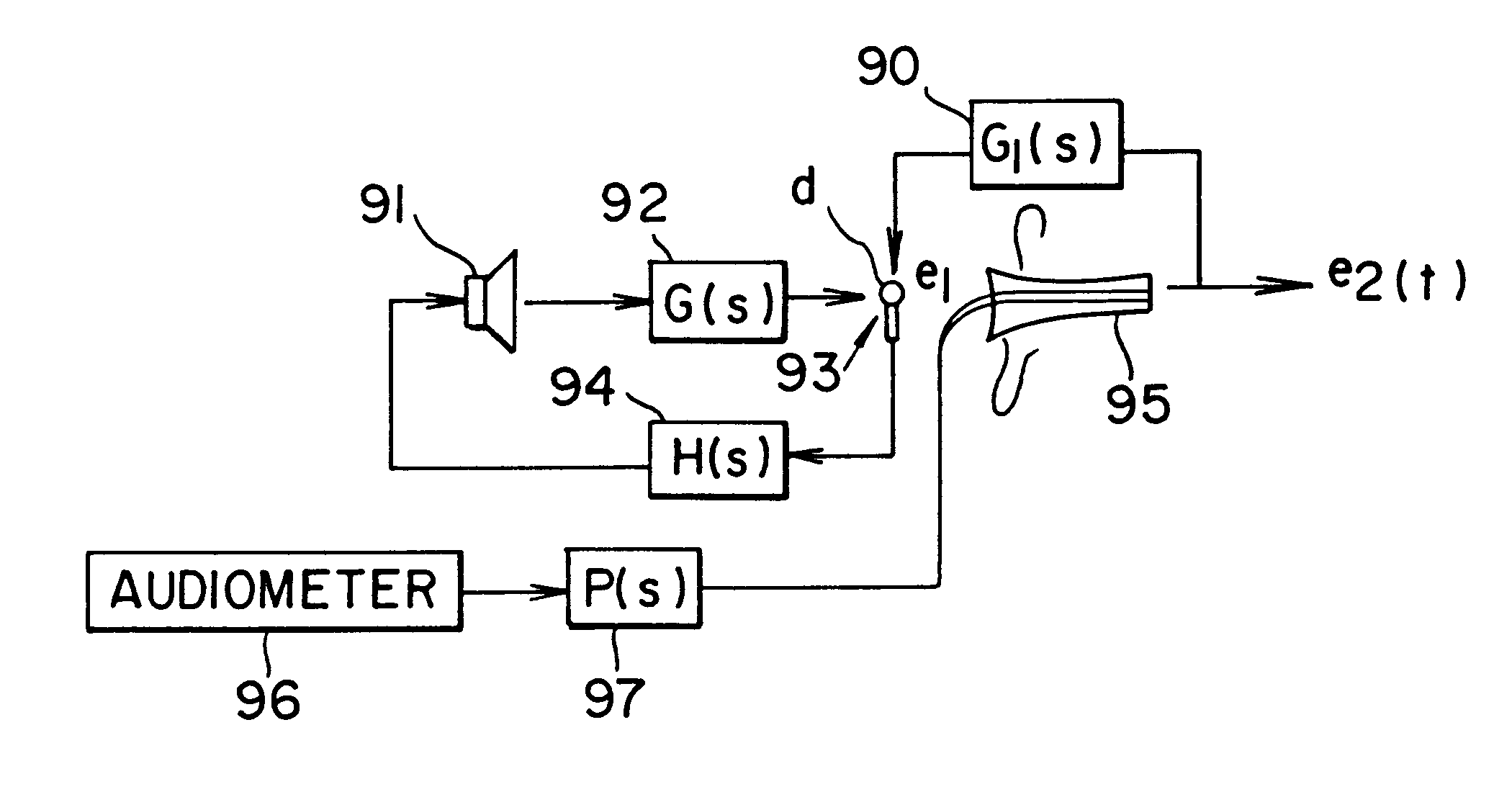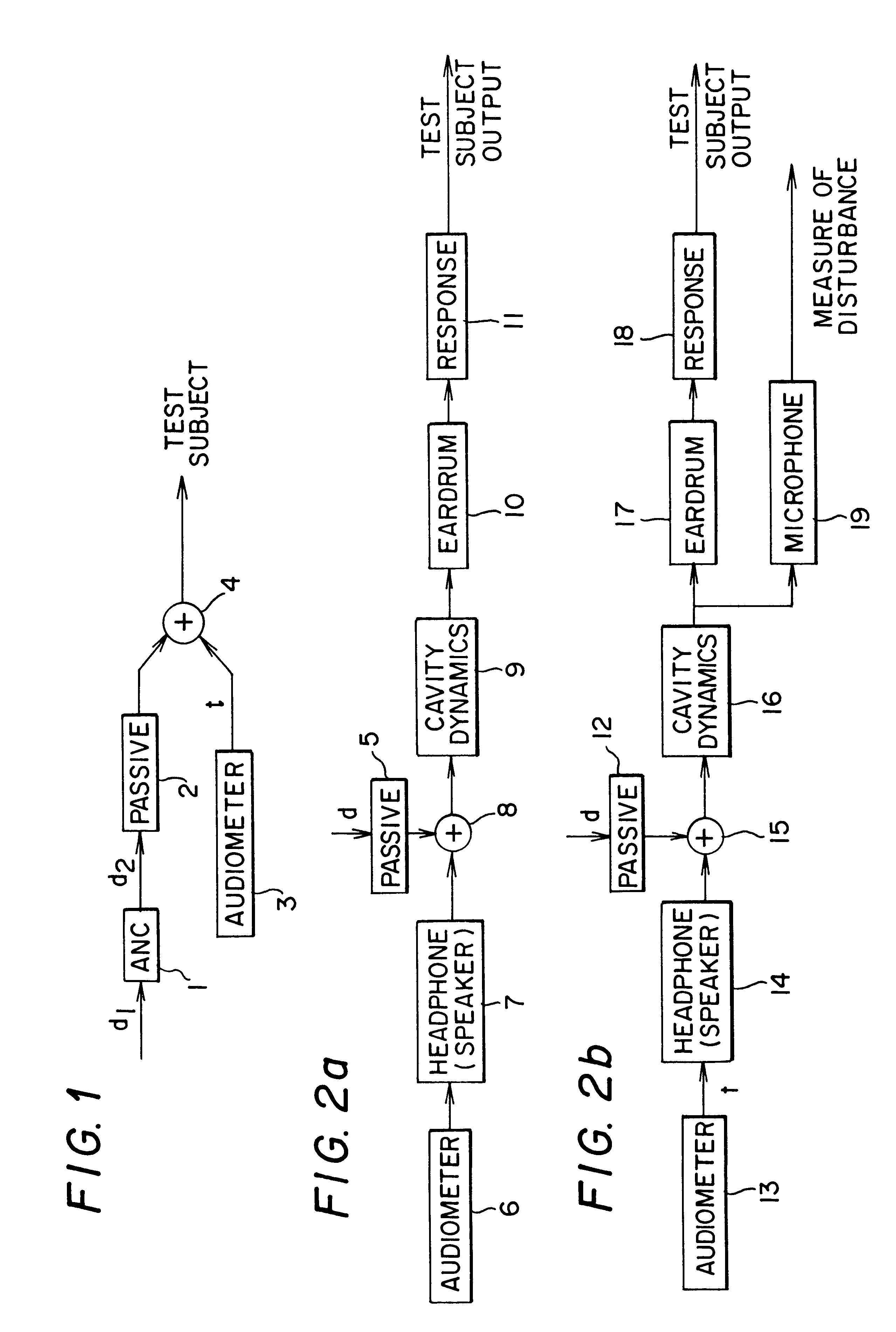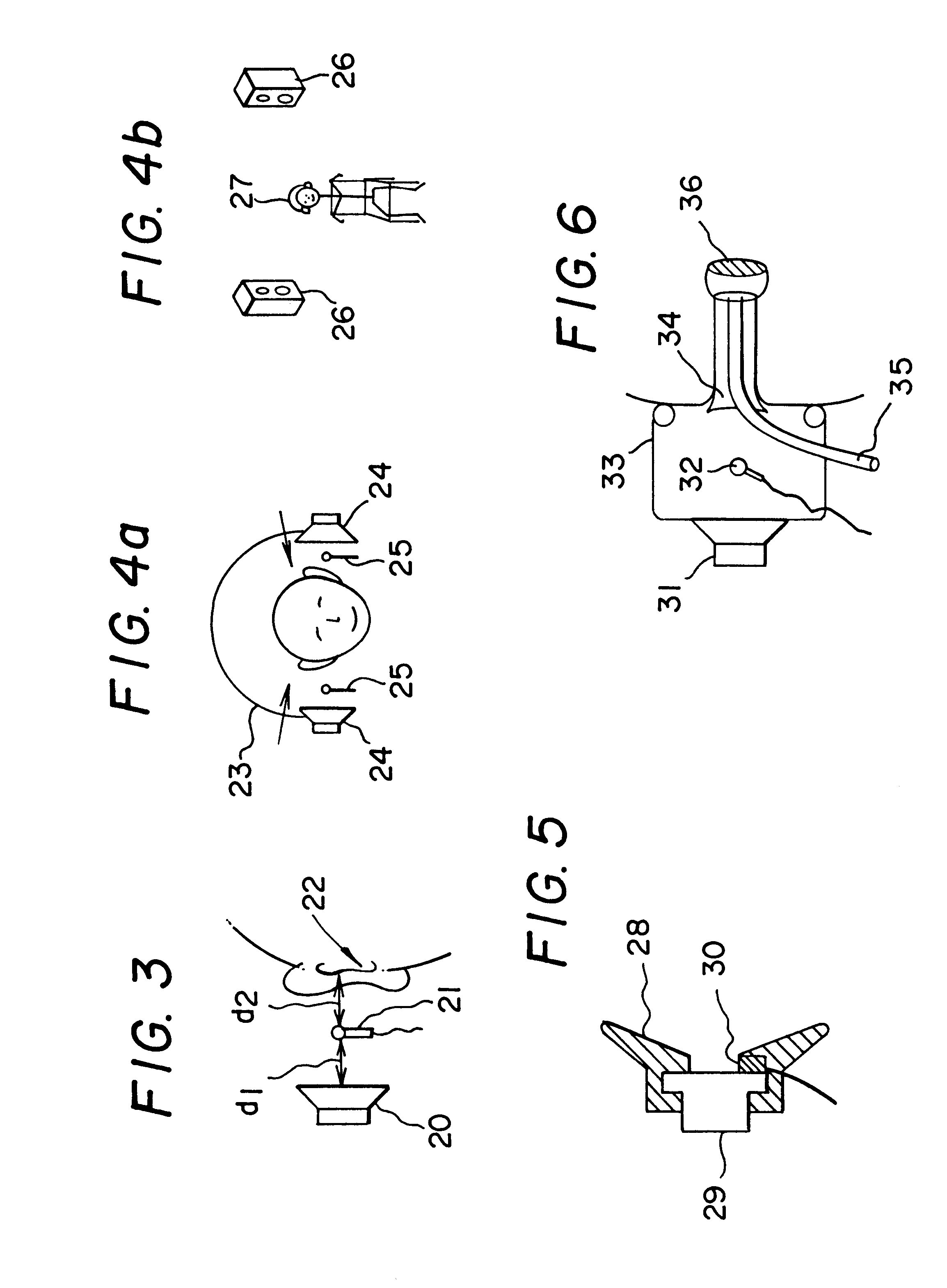Active noise reduction for audiometry
- Summary
- Abstract
- Description
- Claims
- Application Information
AI Technical Summary
Benefits of technology
Problems solved by technology
Method used
Image
Examples
Embodiment Construction
A large number of applications of active noise control (ANC) have been confined to laboratory experiments performed under carefully controlled conditions. However, in the past decade, ANC has found a specific market in hearing protection devices. Headsets designed to protect the wearer from harmful sound pressure levels now incorporate both passive and active measures. Passive control (typically in the form of a circumaural cushion) is most effective at protecting the wearer from high frequency disturbances whereas active control is most effective for frequencies below 1 kHz. By placing the active noise control system inside the headset and close to the user's ear, manufacturers of these devices take advantage of a local zone of silence created around the error microphone, as well as minimal power requirements for the near-field architecture of ANR headsets.
While the hearing protection application of active noise control is quite useful, it does not constitute an object of this inve...
PUM
 Login to View More
Login to View More Abstract
Description
Claims
Application Information
 Login to View More
Login to View More - R&D
- Intellectual Property
- Life Sciences
- Materials
- Tech Scout
- Unparalleled Data Quality
- Higher Quality Content
- 60% Fewer Hallucinations
Browse by: Latest US Patents, China's latest patents, Technical Efficacy Thesaurus, Application Domain, Technology Topic, Popular Technical Reports.
© 2025 PatSnap. All rights reserved.Legal|Privacy policy|Modern Slavery Act Transparency Statement|Sitemap|About US| Contact US: help@patsnap.com



